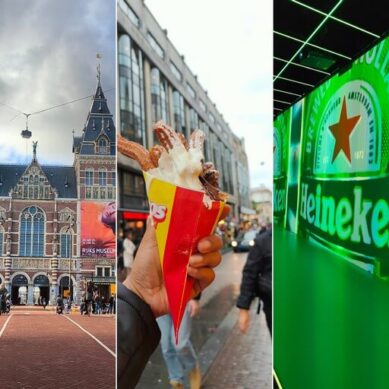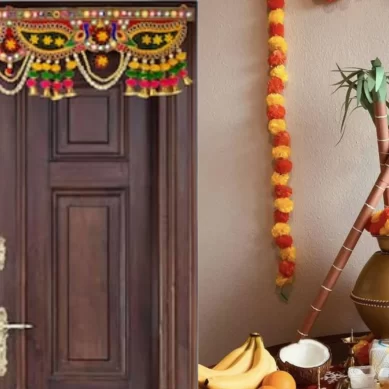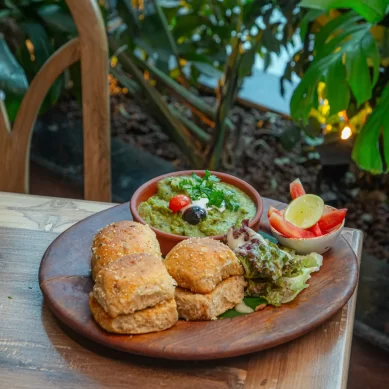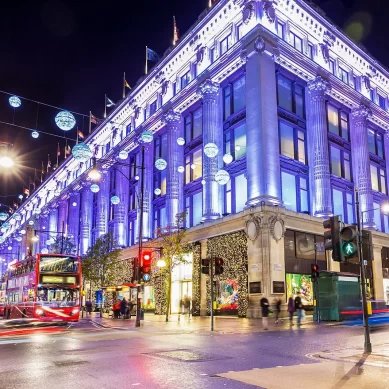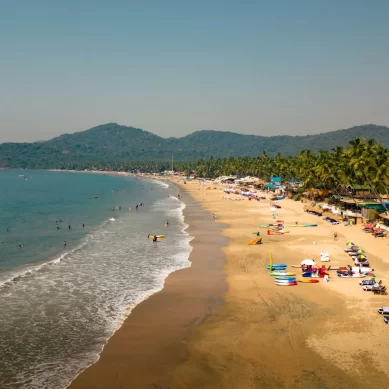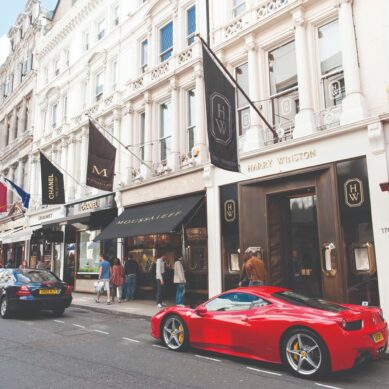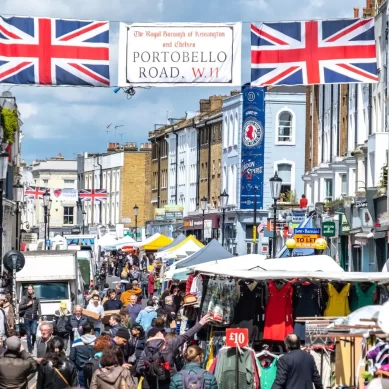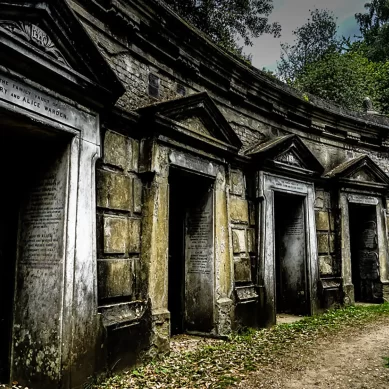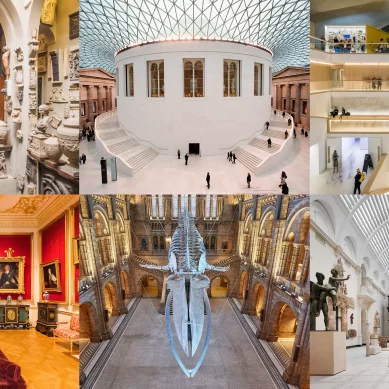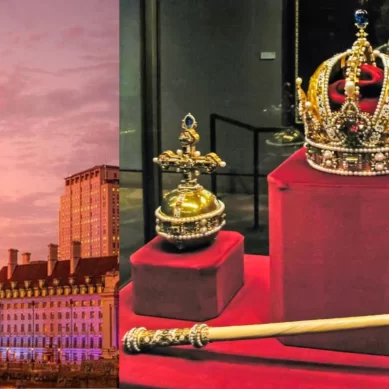London, the very name London conjures up images of red double-decker buses, historic palaces, and bustling markets. But amidst the grandeur, you might be wondering: Can I explore this incredible city without breaking the bank? Absolutely!
London offers a delightful mix of free and paid experiences, ensuring an unforgettable adventure for any budget. This travel blog will be your guide, unveiling some of the best free things to do in London, alongside a few of the city’s most beloved landmarks. So, pack your walking shoes, a sense of wonder, and get ready to discover the magic of London!
Unveiling London’s Free-to-Visit Gems:
London bursts with history, culture, and vibrant energy. But experiencing this amazing city doesn’t have to break the bank! Here’s a guide to some fantastic free things to do in London, along with a few of the city’s most beloved landmarks.
Museums:
Immerse yourself in art, history, and science at the world-renowned V&A (Victoria and Albert Museum) , British Museum, National Gallery , Natural History Museum, and Tate Modern Art Gallery, which is also a free-to-visit place. On display are paintings, sculptures, and large-scale installations from artists around the world, including Pablo Picasso, Yayoi Kusama, and Henri Matisse. These museums offer permanent collections free of charge, allowing you to explore ancient Egyptian artefacts, European masterpieces, dinosaur skeletons, and decorative arts from around the globe.

Royal Flair:
Buckingham Palace buzzes with activity on the exterior of the grounds, as that place is open for people to visit. The palace has a shop for souvenirs and offers a dedicated shop selling royal memorabilia after your visit (closed when the palace is closed). Witness the Changing of the Guard ceremony at Buckingham Palace; a colourful display of British pageantry at St. James’s Palace, used for court ceremonies, is also available to walk by outside. Kensington Palace is a royal residence with free-to-visit public gardens. Windsor Castle is the weekend home of the Royal Family and has free ground access. Richmond Palace, the ruins of a former royal palace, is free to explore. Lambeth Palace, the residence of the Archbishop of Canterbury, is free to walk outside. Winchester Palace is a ruined mediaeval palace that is free to explore.

London’s Parks:
London boasts a vast collection of sprawling parks and hidden gardens, offering a welcome respite from the city’s buzz. Escape the city bustle in sprawling Hyde Park, with its boating lake, monuments, and serene corners. Explore Kensington Gardens, home to the iconic Peter Pan statue. Stretch out on Wimbledon Common or spot deer in Richmond and Bushy Parks. Hampstead Heath makes a wonderfully untamed contrast to the more manicured parks elsewhere in the capital. Clapham Common’s oasis of peace amid the clogged traffic of south-west London dates back to the eighteenth century. Regent’s Park is teeming with attractions, ranging from the animal noises of the ZSL London Zoo to its enchanting Open Air Theatre.

Street Art & Markets:
Oxford Street is the world’s biggest high street. It offers 1.5 miles of unrivalled shopping, with more than 90 flagship stores, from fashion and beauty to tech and homeware. London’s streets transform into open-air galleries, showcasing vibrant street art. Covent Garden is a vibrant neighbourhood in London’s West End, known for its bustling atmosphere, upscale shopping, and world-class theatre scene. Camden Market, a labyrinth of stalls selling everything from vintage clothing to quirky souvenirs, is a feast for the senses (be prepared for some paid stalls). For a unique artistic experience, head to Brick Lane and Shore Ditch, where vibrant street art adorns the walls. Borough Market is one of the biggest and oldest food markets in London, with a history dating back to the 12th century. To get a taste of London’s unique character, delve into its bustling markets. Portobello Market Vintage Market is a large street market in Notting Hill, London, known especially for its antiques.

London’s Squares:
Trafalgar Square, a lively hub known for its Nelson’s Column and fountains, often plays host to free events and demonstrations. Leicester Square, buzzing with theatres and cinemas, offers a chance to soak up the city’s atmosphere. Piccadilly Circus is the heart of London’s dazzling West End. It’s not just a road junction but a vibrant hive of activity, a neon-lit spectacle that throbs with an energy all its own. Yet it is surrounded by theatres, shops, and restaurants, most of which will cost money. Some squares even have playgrounds and fountains, making them popular spots for families and locals to relax, socialise, or enjoy a picnic lunch. London’s squares are like leafy havens scattered throughout the city. These green spaces come in all shapes and sizes.

Archaeological Extravaganza:
Tower of London, step back in time at this historic castle, a UNESCO World Heritage Site. London Tower stands as a formidable sentinel on the north bank of the River Thames. Steeped in over 900 years of history, it’s a captivating blend of architectural styles, reflecting its many roles throughout time. The outside of the tower is free for visitors. Big Ben, also known as the Elizabeth Tower, is the clock tower of the Palace of Westminster in London, England. It contains the Great Clock of Westminster, a striking clock with five bells. Stonehenge is a prehistoric megalithic structure on Salisbury Plain in Wiltshire, England. Westminster Abbey, since 1066, has been the location of the coronations of 40 English and British monarchs and a burial site for 18 English, Scottish, and British monarchs. Billingsgate Roman House & Baths is an archaeological site in Londinium. The best preserved parts of the house are the baths with hypocausts.
Bridges:
The Tower Bridge is the most iconic bridge in London. This impressive feat of engineering is 244 metres (800 feet) long, covered in 22,000 litres (5,812 gallons) of paint and crossed by 40,000 people each day. The London Bridge is arguably just as famous. The first incarnation was built by the Romans, followed later by mediaeval bridges with houses on top and a stone bridge commissioned by Henry II, which lasted until 1831. The Millennium Bridge opened to the public on June 10, 2000, linking St. Paul’s Cathedral on the north bank of the Thames with the Tate Modern and Shakespeare’s Globe. Southwark Bridge links the City of London with Southwark on the south bank of the Thames. Due to the fact that primarily women constructed Waterloo Bridge during World War II (while many men were away fighting), it earned the nickname “Ladies Bridge.” Cross the Thames at Westminster Bridge if you want to get an iconic picture of Big Ben on the north bank or the London Eye to the south. Lambeth Bridge provides views of the Houses of Parliament, Big Ben, and the London Eye. Albert Bridge connects Chelsea on the north bank of the Thames to Battersea on the south. It’s a short walk from the Kingston side of Kingston Bridge to the huge park at Hampton Wick.

Bonus Tip: Consider purchasing a travel card for affordable access to London’s excellent public transport system, making it easy to navigate between these sights.
This itinerary provides a perfect blend of free and iconic experiences, allowing you to discover the best of London on a budget. Remember to check the opening hours and any special events happening at these locations before your visit. With its rich history, vibrant culture, and free treasures, London promises an unforgettable adventure!
Disclaimer: This article recounts Shrishti Jaiswal’s individual travel adventures.




